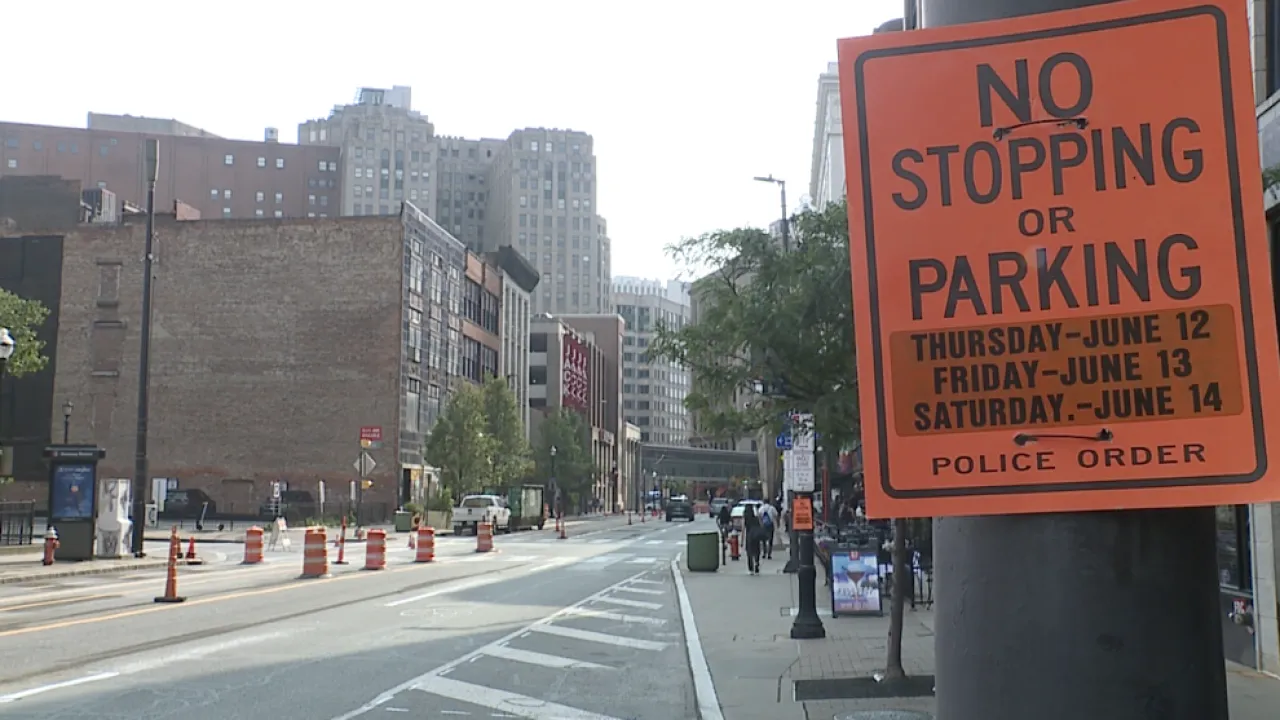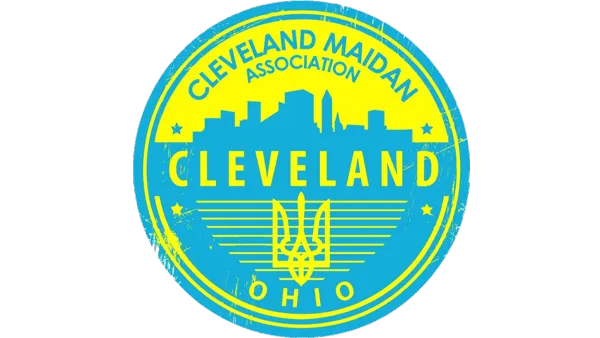CLEVELAND — In the very heart of Cleveland, where the city's pulse beats to the rhythm of basketball games and evening cocktails, Prospect Avenue and Huron Road transform into one-way arteries, eliciting mixed feelings — from cautious optimism to outright frustration. Orange cones, "Road Closed" signs, and traffic jams paralyzing the downtown area have become the new reality for residents and businesses trying to adapt to the city's ambitious plan to make the center safer and more pedestrian-friendly. But in the process of transformation, Cleveland faces an inevitable question: is short-term upheaval worth the long-term benefits?
"It's total chaos," sighs Dom Nelson, a bartender at Harry Buffalo located on Prospect Avenue. "On Thursday, the traffic jams on East Fourth were so bad that customers could barely get to us." Nelson, accustomed to the hustle of the downtown during Cavaliers games or concerts at the Rocket Mortgage FieldHouse, admits that current inconveniences surpass anything he has seen before. Yet he remains hopeful: "If this works, our business will only benefit from more pedestrians."
Reimagining urban movement
The project, which began in June 2025, envisages transforming two key streets — Prospect Avenue and Huron Road — into one-way routes between Ontario Street and East 9th Street. According to Cleveland’s Department of Transportation, this aims to simplify traffic flow, reduce congestion after major events, and create space for wider sidewalks, bike lanes, and street cafes. "We want the downtown to become a place where people don’t just pass through, but stop, walk around, and enjoy," said Joys Paneck, the city’s planning director, at a press conference last month.
This move is not new for Cleveland. Police have long temporarily made these streets one-way during games or concerts to ease downtown congestion. But now, the city seeks to make this scheme permanent, drawing on experiences from other cities like Portland and Minneapolis, where such initiatives revitalized urban centers. According to city officials, the project also involves installing new crosswalks, upgrading traffic signals, and expanding sidewalks, potentially costing the city up to $12 million, partially financed by a federal infrastructure grant.
Voices of the streets
For local businesses and residents, the changes evoke both enthusiasm and concern. Anthony Verde, a bartender at Barrio Tacos, watches the construction from his establishment's window, pondering its necessity. "I understand they want to ease exit after games, but one lane? That could be a disaster," he says. His fears are shared by Faranki Winfield, an office worker downtown: "These streets are already crowded. One lane will only make it worse."
Others see opportunity in the changes. Megan Broutigam, working at a marketing firm nearby, welcomes the idea of a pedestrian-centered downtown. "I like the thought of being able to walk without fearing cars, and sitting on cafe terraces, like in Europe," she says. Her optimism reflects a broader trend: according to a survey by the Downtown Cleveland Alliance, 68% of residents support making the downtown more pedestrian-oriented, though only 42% are willing to tolerate inconveniences during construction.
Shadows of economic pressure
The project comes at a challenging time for Cleveland. The city center, still recovering from the pandemic, is battling office worker exodus due to remote work and declining tourist flow. Local restaurants like Barrio Tacos and Harry Buffalo rely on evening patronage from nearby arenas, but congestion and restricted access already impact their revenues. "We’re losing customers who don’t want to go through cones," admits Barrio manager Kaitlin Doyle.
Insiders from the city hall report that the project has become a political hot potato for Mayor Justin Biba, who is running for a second term in 2025. Biba presents the initiative as part of a broader "Cleveland 2030" strategy to modernize the city, but critics — including city council members from eastern districts — accuse him of ignoring driver needs. "This is a pedestrian hub, not a car-oriented resort," said councilor Michael Polensuk, calling for public hearings on the project.
Looking into the future
The exact timeline for completing the works remains uncertain, although the city hopes to finish the main phase by the start of the basketball season in October 2025. Meanwhile, drivers and pedestrians are advised to plan routes in advance and prepare for delays. "It’s like home renovation," says Paneck. "Initially inconvenient, but then you see everything coming to life."
For Cleveland, a city striving to restore its reputation as an industrial giant, this project is more than just a traffic scheme. It’s a bet on the future where the downtown becomes a magnet for people, not cars. But while orange cones stand on Prospect Avenue and drivers get stuck in traffic jams, patience among residents and businesses is being seriously tested. Will Cleveland become a city where pedestrians reign, or will it remain hostage to its own ambitions? The answer will emerge once the dust of construction settles.



